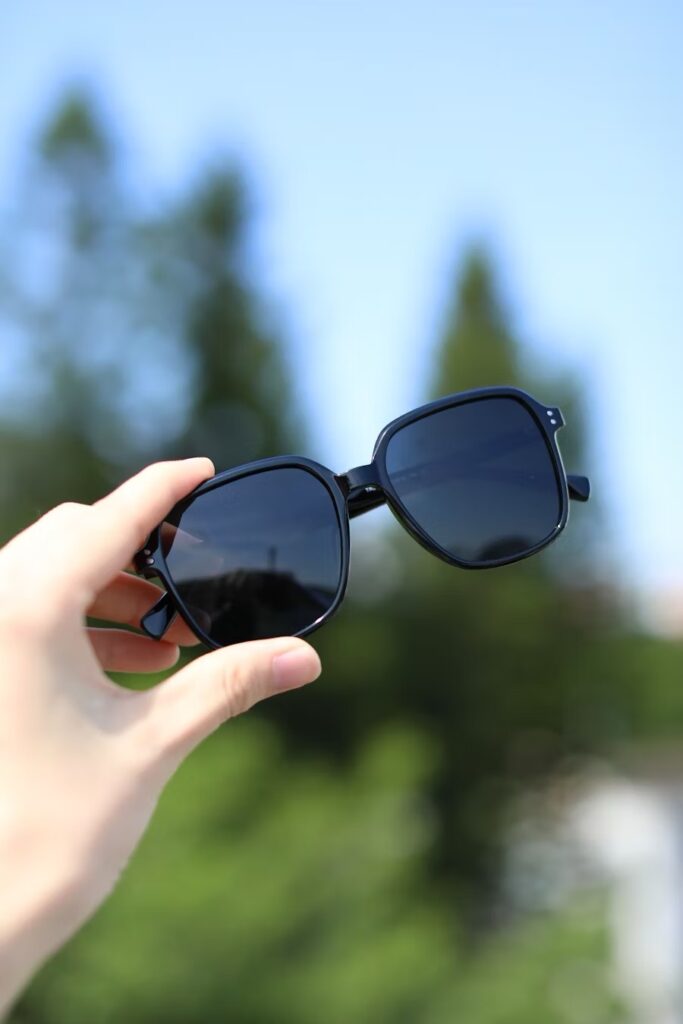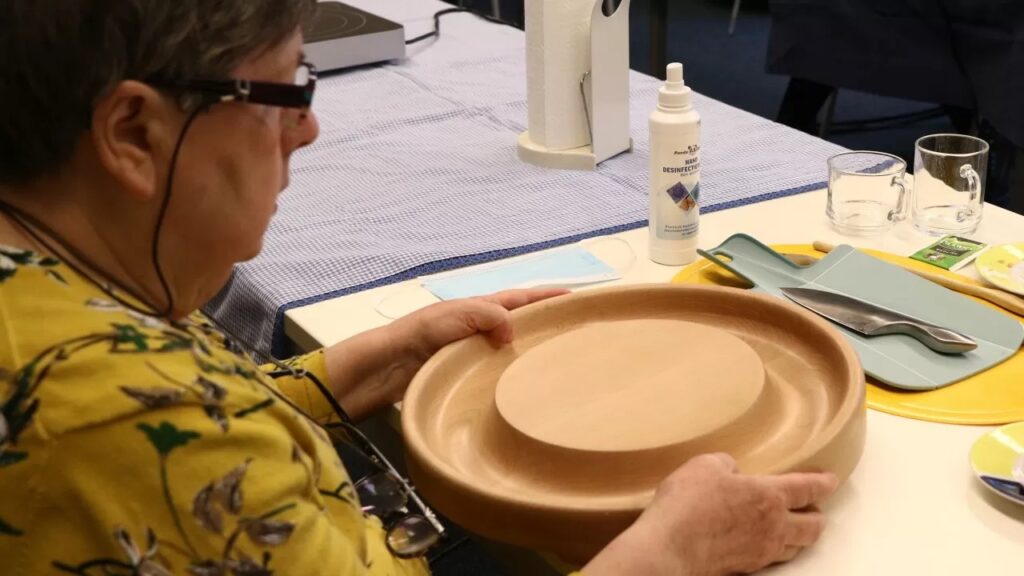
We often don't realize how many of the everyday objects we use were originally designed for people with disabilities. Items like the straw or sunglasses, which now feel like ordinary parts of daily life, were once created to address specific physical needs. But over time, these solutions have proven to be useful not just for a select few, but for everyone. This shift reveals something really powerful: when design is born from a broader understanding of human ability and context, it often results in better, more inclusive tools for all kinds of people.
The straw, for example, wasn’t just invented to be convenient in certain situations. In fact, the bendable straw was originally designed to help patients in hospitals, particularly those who couldn’t sit up or had limited mobility. It was a small solution to a specific problem, but soon became a standard item in restaurants, cafes, and households around the world. Its usefulness wasn’t limited to a disability context, it simply made things easier, cleaner, and more enjoyable for a lot of people. The same goes for sunglasses. Most people think of them as fashion accessories or protection from sunlight, but tinted lenses were initially developed for people with light sensitivity, a symptom common in certain medical conditions. What started as a functional adaptation for a small group of users slowly transformed into a product embraced for style, comfort, and everyday practicality.
This process, where solutions designed for a minority become normalized and integrated into broader society, it’s an example of how focusing on function and context, rather than designing exclusively for a typical or "ideal" user, leads to smarter design.
This principle shows up again and again in technology and urban planning. Voice assistants like Siri and Alexa, for instance, were first envisioned as assistive tools for people with limited mobility or vision. Today, they’re used by millions for convenience, multitasking, or even just for fun. Subtitles, once intended for the deaf and hard-of-hearing, are now widely used by people watching videos silently on public transport, language learners, or anyone trying to follow along in a noisy environment. Even those small ramps at sidewalk corners, called curb cuts, were designed to make cities more accessible for wheelchair users. But they’re now essential for parents pushing strollers, travelers dragging suitcases, and delivery workers with carts.
All of this leads to a bigger idea: when we design for disability, we’re not limiting the user base but we’re expanding it. We’re creating objects and systems that are more thoughtful, more flexible, and more adaptable. Instead of assuming that the majority defines the standard, we begin to understand that human ability is a spectrum. People’s needs change over time, through injury, age, environment, or simply circumstance. By paying attention to these needs from the start, we create products that are both accessible and better for everyone.
Designing this way requires a mindset shift. It means moving away from categorizing people as either "able-bodied" or "disabled" and instead thinking about the range of situations people find themselves in. A design that supports someone with a permanent disability might also help someone dealing with a temporary injury, carrying a heavy bag, caring for a child, or navigating a stressful situation. When we start paying more attention to user context, we discover opportunities to make things more intuitive, more useful, and more human.
This way, inclusion is not as an afterthought, but as a source of innovation. It’s not about adding on features to accommodate “others”, but it’s about starting with those features and realizing they have value for all of us. Moreover, designing from the margins brings us closer to understanding the real complexity of everyday life, simplifying life for everyone.

This is exactly what we do at our studio. We design kitchen tools that are accessible for blind people but they are made to be used by everyone. By starting with accessibility as a foundation, we explore sensorial and haptic design solutions that improve the cooking experience for everyone. Our aim is to enrich how people interact with their kitchens, through touch, sound, and intuitive use, creating tools that are more engaging, more inclusive, and more human.

No comments.